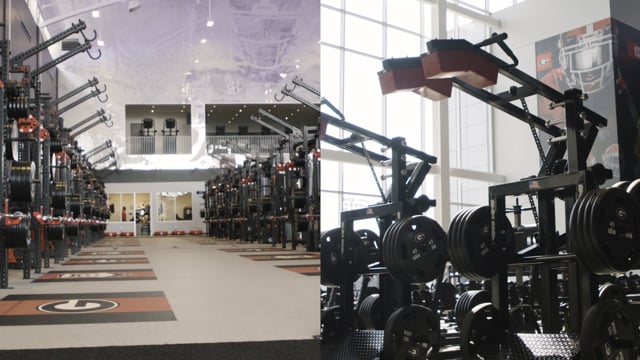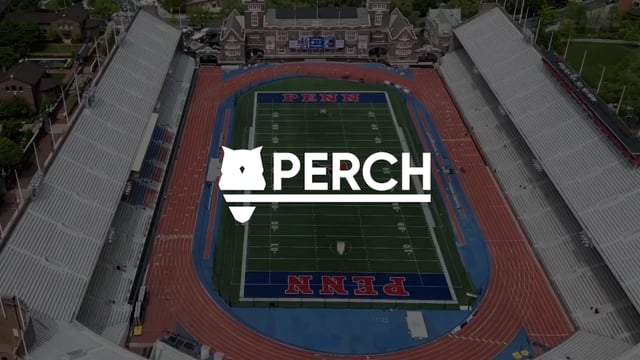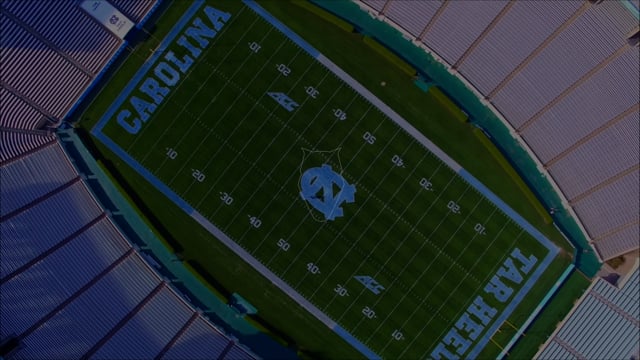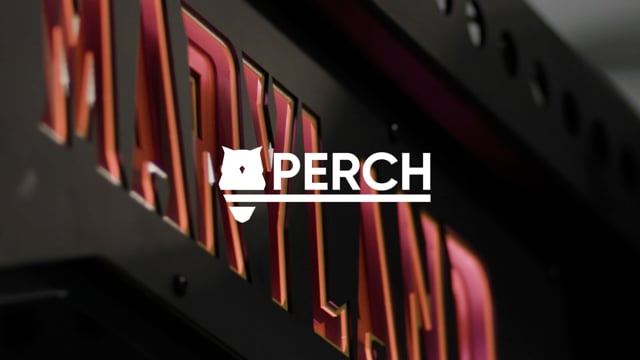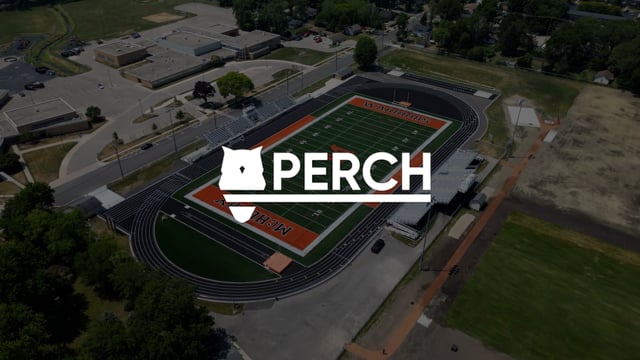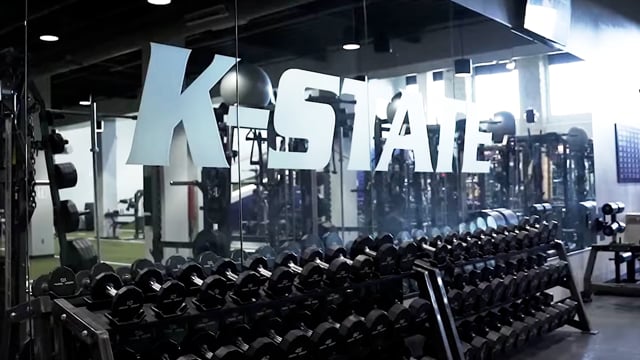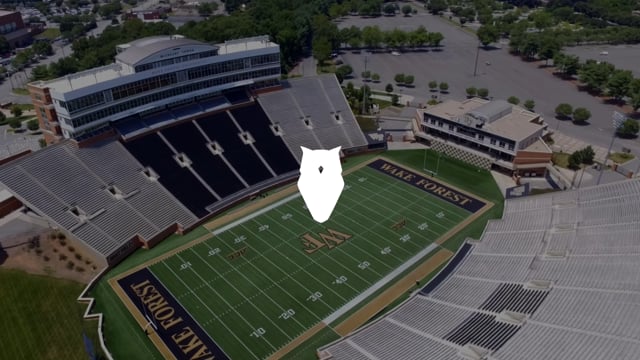New Mexico State University

GETTING STARTED WITH PERFORMANCE MONITORING AND VBT
Eric Klein is in his second season at New Mexico State University, but he’s been coaching for over 20 years, and has seen and experienced the evolution of weight room technology and velocity based training first hand.
Eric was first introduced to VBT with Tendo units in the early 2000s. He admits he didn’t know what he was doing, but he started using them, started seeing athletes trying harder, and started collecting a body of data.
Eric would manually enter the values on a big graph and look for trends, “this was before I really knew what a load velocity profile was. I got all these numbers and this looks like where we’re moving the best weight. So that became my prescriptive strategy.”
Over the years, he learned more about VBT from coaches like Cal Dietz at University of Minnesota, and Louie Simmons of WestSide Barbell. When Eric came to NMSU, they had EliteForm on the racks. He liked the non-invasive camera tool, but it still wasn’t as easy as he would’ve liked.
“Perch is cloud based, we have a generation of kids so familiar with iPads that athletes gravitate to it easily and quickly. We don’t get ghost reps or missed reps, and the immediacy of the information was enough to convince us to go with them.”

IMPLEMENTING WEIGHT ROOM PERFORMANCE MONITORING
Eric says athletes of this generation gravitate towards this type of technology, “I’m amazed at how quickly they figured it out. It’s intuitive to them, we didn’t even explain it and they figured it out.”
But more than that, this type of technology adheres to how athletes of this generation train, learn, and adapt.
Says Eric, “the athletes we’re getting now are so used to the instant gratification and feedback of what you see when you move the bar. If they can see it immediately, look at what they did, compare it to people at your rack, or at other racks. And now with Perch we can store that data. Our guys are tuning into historic data too. They know what load they used last time and instead of just trying to go up in weight, they can also try to move the same weight faster. It drives that competitive spirit and helps them be better at what we’re trying to accomplish which is creating a better, stronger, faster athlete.”
Eric has a similar process for training athletes. He has his year one athletes on a foundational program, year two and three get a bit more nuanced and advanced with movement patterns and incorporating technology, and year four and five (if they stay that long) have the highest training age and are on a pure velocity based training programming guiding and prescribing loads.
He’s done a version of this throughout his career. And in the last 15 years collecting velocity numbers he’s noticed something: “When we took a look back at year two into three and four, what we started to see was the power outputs from heavier loads got better. They got better at producing force more quickly at higher loads.”
All of this helped validate his program. Athletes need foundational strength and an understanding of the movement patterns, but then - depending on the sport - he wants them to get more and more efficient at producing force quickly.
Perch drives that competitive spirit and helps them be better at what we’re trying to accomplish which is creating a better, stronger, faster athlete. ~ Coach Eric Klein
TECHNOLOGY & WEIGHT ROOM CULTURE
Over the duration of his career, Eric’s noticed that athletes themselves have changed their response when it comes to technology.
“Athletes these days have a better understanding of what we mean when we prescribe velocity numbers, they’re more familiar. But back in the early 2000s, they didn't as well. They wanted to move the weight for reps or weight, not speed. So we had to explain maximal outputs and the importance of it. And then they started to see it and feel it. When we did our 1RM testing, they understood that speed and intent impacted how much load they could lift. They could connect that we wanted them to be fast and powerful with their hands on Bench Press because they need to be fast on that punch. They can get better at the movement patterns with a number motivating them in the weight room.”
When he first discovered Perch, tested it, and saw the athlete response, he knew it was something.
“They love the feedback. It’s fun for them, it makes for a better workout environment. Even athletes who are not your typical love to train groups will look at this and crave the feedback, it helps create a cohesive weight room culture and motivates athletes across the board. We can use it as a teaching tool and it makes sense to them.”

OUR TIPS & TRICKS
Just start collecting data! You can read a ton and still not know what to do with the data, the only way to truly get it is to collect data, look for patterns, and coach on the floor. Athletes are constantly evolving with each new year and generation. We need to adapt with them, and this is where to start.
Truly understand what matters to you as a coach when you incorporate technology. If you want a seamless addition, prioritize that. If you want something to immediately deliver raw data, prioritize that. Make that list before you search and invest in technology.
You might be old school…but your athletes aren’t. Part of coaching a consistent age is being able to adapt with them as they do. We constantly need tools in our tool belt to help them buy-in and work hard in the weight room. Some of this doesn’t change, but technology is ever evolving, just like them.


Start Gathering Data With Perch Today!
Reach out to us to speak with a representative and get started using Perch in your facility.
